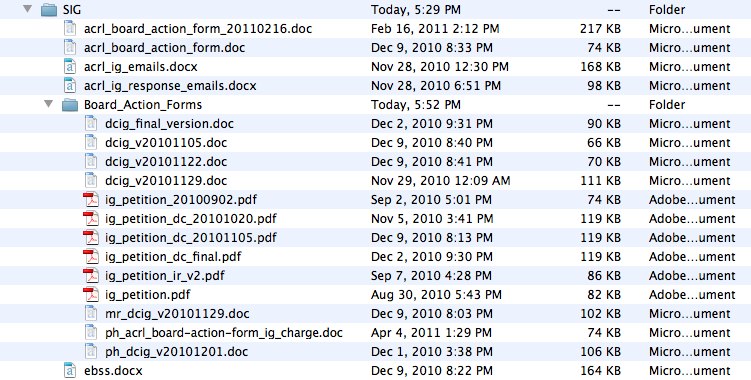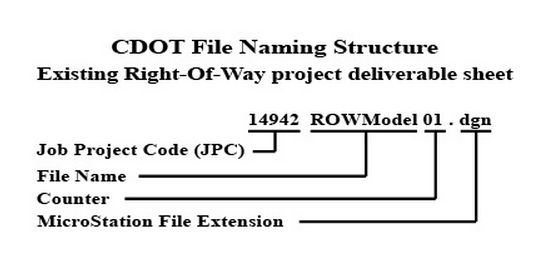Additional information you may wish to include in a DMP is a brief statement on who will be responsible for recording metadata and having oversight of it, as well as how metadata will be recorded (e.g., in a spreadsheet, or through some other means - perhaps automated).
At the Herbarium, Dr. Traverse copes daily with challenges related to file names and limitations on how the metadata for the specimens was and is recorded. In the following video, he describes some of these challenges as well as how advancements in science can also impact metadata.
One aspect of recording or documenting metadata is the creation of file names - particularly since data is often kept in file directory systems. Think, for example, of the files you maintain in a hard drive, where files are kept in folders, which are part of a hierarchical structure, or directory, in that drive.
Although file-naming conventions do not have to be discussed in a DMP, it is a key part of data management planning in your local context. When naming your files, think about using descriptive labels that have meaning to others besides yourself, especially if these are data files to be shared with a team. Besides being descriptive, file names should follow a pattern. For example, when including a date and/or year, make sure it follows a pattern like YYYYMMDD. Think about coming up with models for file names - e.g.: project-name_content-of-file_date.file-format. File names should also reflect the version of the file. Versioning helps track the history and progress of data collection and is crucial to collaboration when more than one person needs access to a data file at any given time.
Other file-naming tips:
- Do not use spaces in file names
- Do not use uncommon characters (e.g., #, ?, &, !, etc.)
- Stay within a limit of 32 characters (the more concise yet descriptive, the better)


